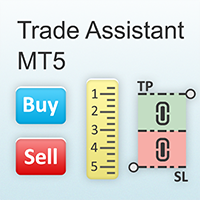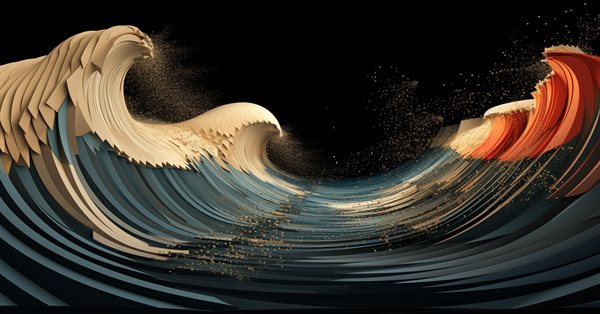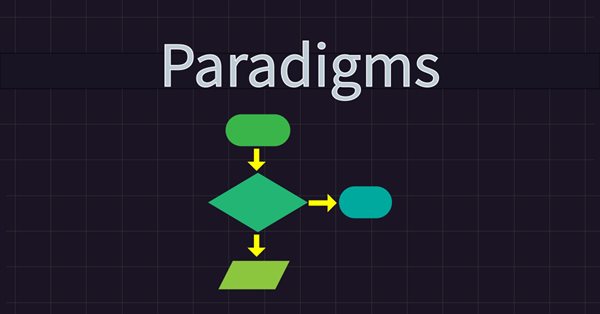Магазин Приложений
Каждый день на витрине MQL5 Маркета появляются десятки новых приложений для автоматизации торговли. Выберите подходящее среди 10 000 продуктов и избавьтесь от ненужных рутинных операций.
Продавайте свои программы для алготрейдинга в нашем Маркете — в самом большом магазине торговых приложений для трейдеров!
























Торговые Сигналы
Выберите подходящую торговую стратегию и оформите подписку на нее в пару кликов. Все Сигналы сопровождаются подробной статистикой и графиками.
Станьте Поставщиком торговых сигналов и продавайте подписку тысячам трейдеров по всему миру. Наш сервис позволит вам хорошо зарабатывать на прибыльной стратегии даже при небольшом стартовом капитале!
London, UK
51.5235, -0.636
New York, US
40.7765, -74.072
Sau Paulo, Brazil
-23.4663, -46.8634
Hong Kong
22.3656, 114.1171
Amsterdam, Netherlands
52.3918, 4.665
Moscow, Russia
55.736, 37.721
Falkenstein, Germany
50.4788, 12.3327
Frankfurt, Germany
52.3918, 4.665
Chicago, US
42.0011, -87.9571
Mumbai, India
19.1131, 72.8925
Johannesburg, South Africa
-25.9305, 28.1362
Singapore
1.3226704, 103.9186452
Работа Фрилансерам
Закажите под свою торговую стратегию технический индикатор, робота или любую другую программу для платформы MetaTrader у проверенных разработчиков.
Профессионалам алготрейдинга Фриланс предлагает сотни заказов, гарантию оплаты за выполненную работу и мгновенный вывод заработанных денег через удобные платежные системы.
Новое в Чатах
Общайтесь с коллегами в чатах, обсуждайте новые идеи в группах, подписывайтесь на полезные каналы и создавайте свои, чтобы делиться опытом
Форум Трейдеров
Задавайте вопросы по техническому анализу, обсуждайте торговые системы и улучшайте свои навыки в алготрейдинге на языке MQL5.
Общайтесь и обменивайтесь опытом на форуме с трейдерами всего мира и помогайте ответами новичкам — наше сообщество развивается вместе с вами.
- Изменить ID советника
- Как определить символ подокна и работать с этим окном?
- Решения и варианты? Расчет направления движения цены вблизи разворотных точек.
- Точка баланса путь к Граалю .
- Midjourney и другие нейросети обработки изображений
- FOREX - Тенденции, прогнозы и следствия 2024
- Что подать на вход нейросети? Ваши идеи...
- Самообучение языку MQL5 с полного нуля
- Вопросы от начинающих MQL5 MT5 MetaTrader 5
- Инертность мышления, или как развиваться быстрее
- Особенности языка mql5, тонкости и приёмы работы
- возможна торговля роботом с андройд ?
- Новая версия платформы MetaTrader 5 build 4260: общие улучшения
- AI 2023. Встречайте ChatGPT.
- Обсуждение статьи "Тестирование и оптимизация стратегий для бинарных опционов в MetaTrader 5"
- Советники: AutoSLTP
- Советники: Примеры из книги "Нейросети в алготрейдинге на MQL5"
- Обсуждение статьи "Шаблоны проектирования в программировании на MQL5 (Часть 4): Поведенческие шаблоны 2"
- Можно ли увеличить размер лота открытой позиции, не закрывая её?
- Закономерности ЗигЗага
Статьи по торговле на финансовых рынках
Учитесь создавать свои собственные технические индикаторы и торговых роботов по примерам в статьях, написанных для вас другими трейдерами.
Поделитесь своим опытом в торговле и программировании с новичками алготрейдинга — напишите об этом статью, а мы переведём её на 10 языков, да еще заплатим $200!

Шаблоны проектирования в программировании на MQL5 (Часть 4): Поведенческие шаблоны 2

Машинное обучение и Data Science (Часть 17): Растут ли деньги на деревьях? Случайные леса в форекс-трейдинге

Нейросети — это просто (Часть 85): Многомерное прогнозирование временных рядов

Возможности Мастера MQL5, которые вам нужно знать (Часть 09): Сочетание кластеризации k-средних с фрактальными волнами

Фильтрация и извлечение признаков в частотной области

Модифицированный советник Grid-Hedge в MQL5 (Часть I): Создание простого хеджирующего советника

Машинное обучение и Data Science (Часть 16): Свежий взгляд на деревья решений

Популяционные алгоритмы оптимизации: Алгоритм боидов, или алгоритм стайного поведения (Boids Algorithm, Boids)
